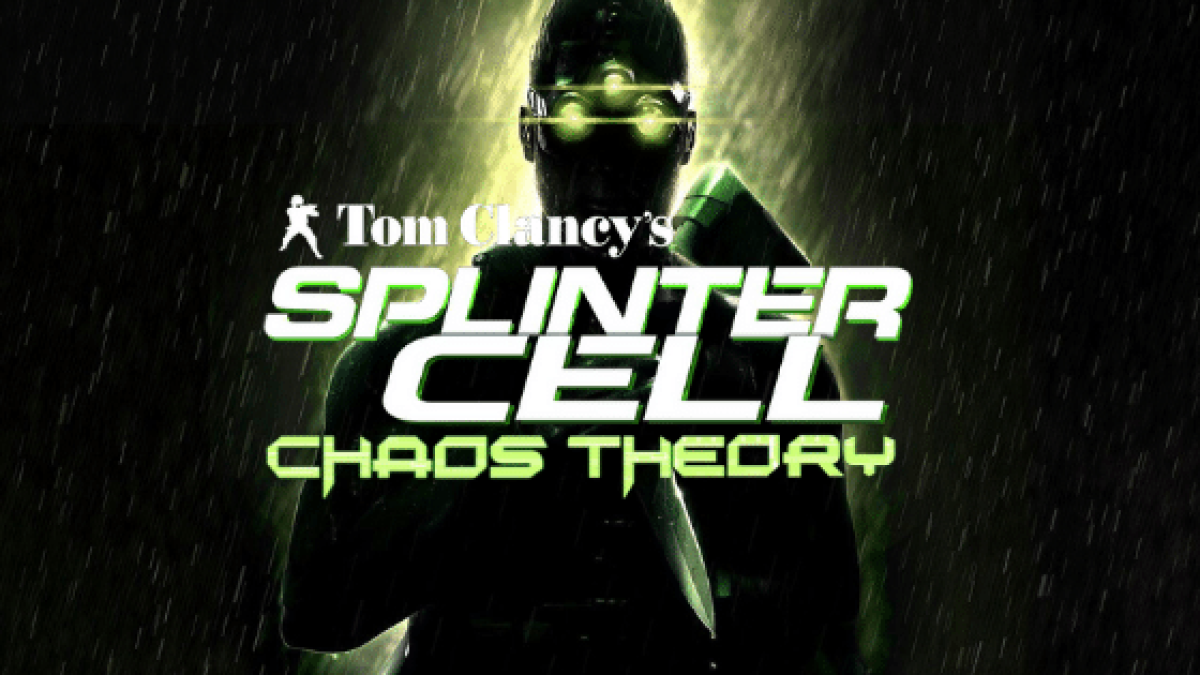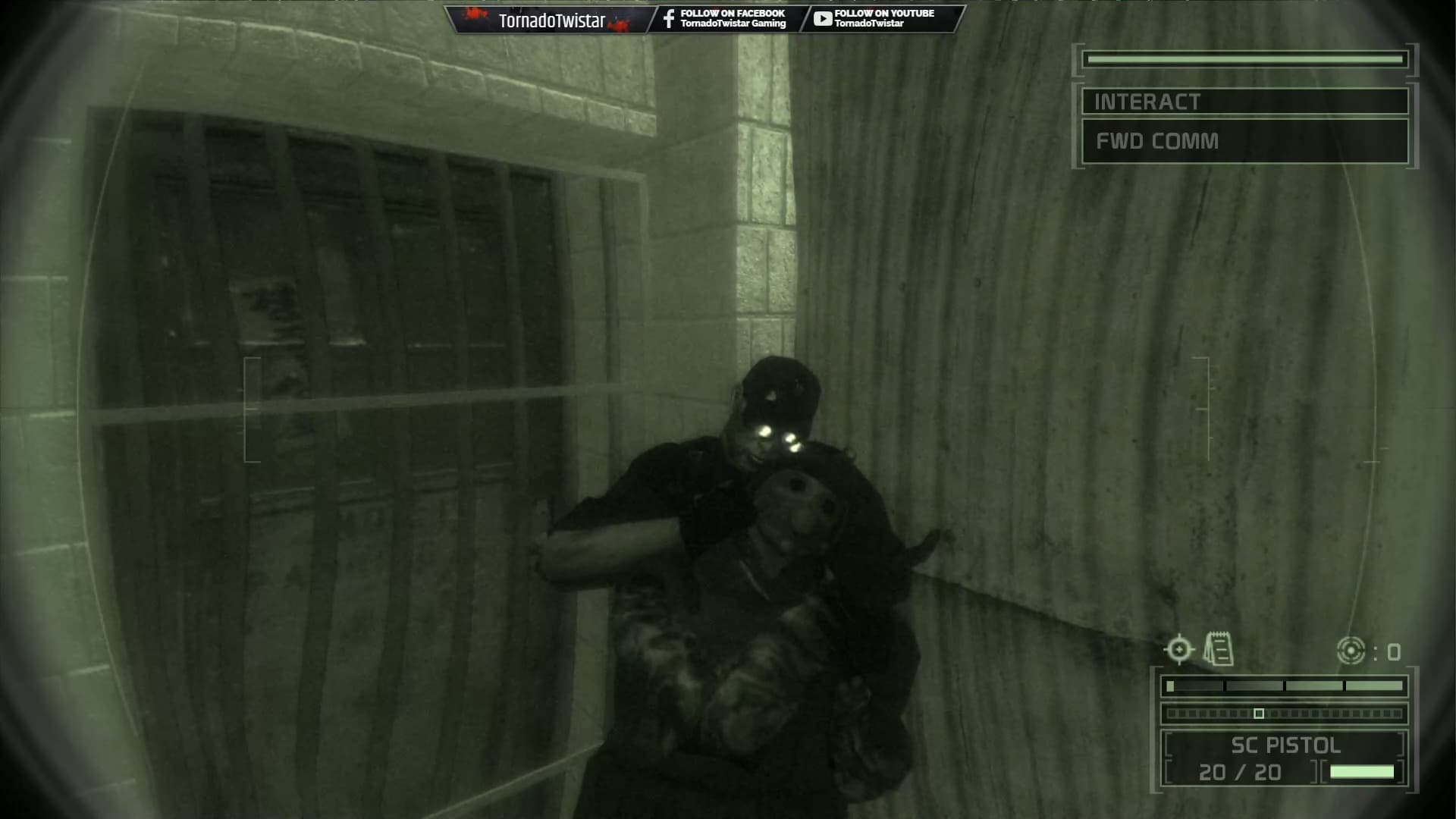Considered my most favorite Splinter Cell game of all time, Splinter Cell Chaos Theory today is one of the highly regarded Ubisoft games (possibly the best Splinter Cell game ever made) ever created since it’s inception of 2nd generation graphics to upgrades to Sam Fisher’s character while out to thwart another Masse style Information Warfare threat from the depths of North Korea to the States. This is the official review for Splinter Cell Chaos Theory after the game’s release 15 years later in 2005.
Another Information Warfare Attack…
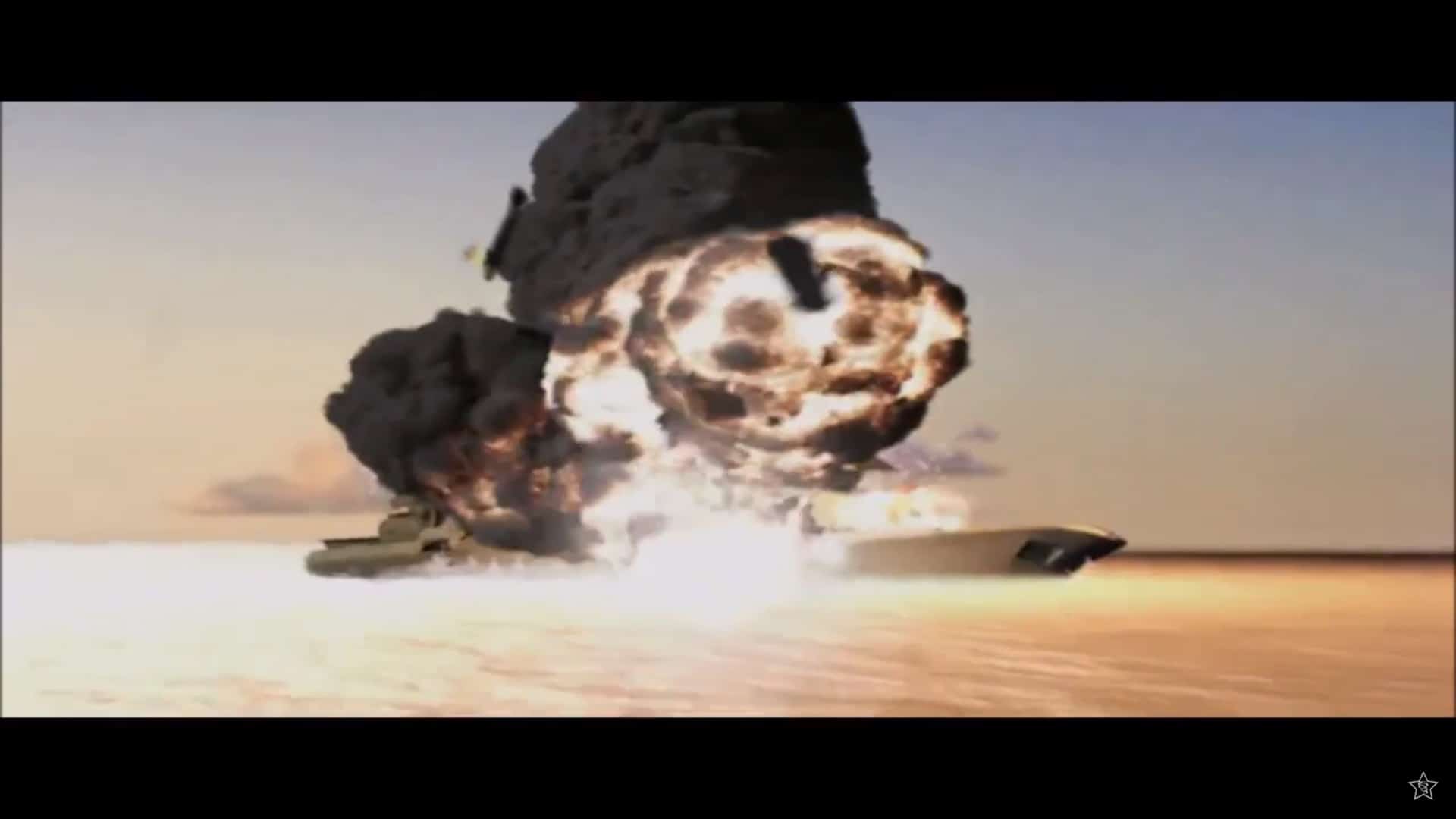
Returning to old times dating back to the first Splinter Cell game with an information warfare style attack that crippled communications, water supply, and other resources on American soil…Third Echelon must stop another information warfare attack that is potentially far worse than the first attack created by Phillip Masse’s algorithms the “Masse Kernels” as apart of the Georgian Information Crisis.
What started as pursuing leads on the connection of a kidnapping of American programmer Bruce Morgenholt by Peruvian mercenaries, Splinter Cell Chaos Theory snowballs bigger to the point of tracing the development of weaponized algorithms from a man named “Zherkezhi” and finding out how the advancements of the Masse Kernels are being exploited to launch a North Korean missile.
What else can be factored into this conflict…
“Displace” of America’s Own
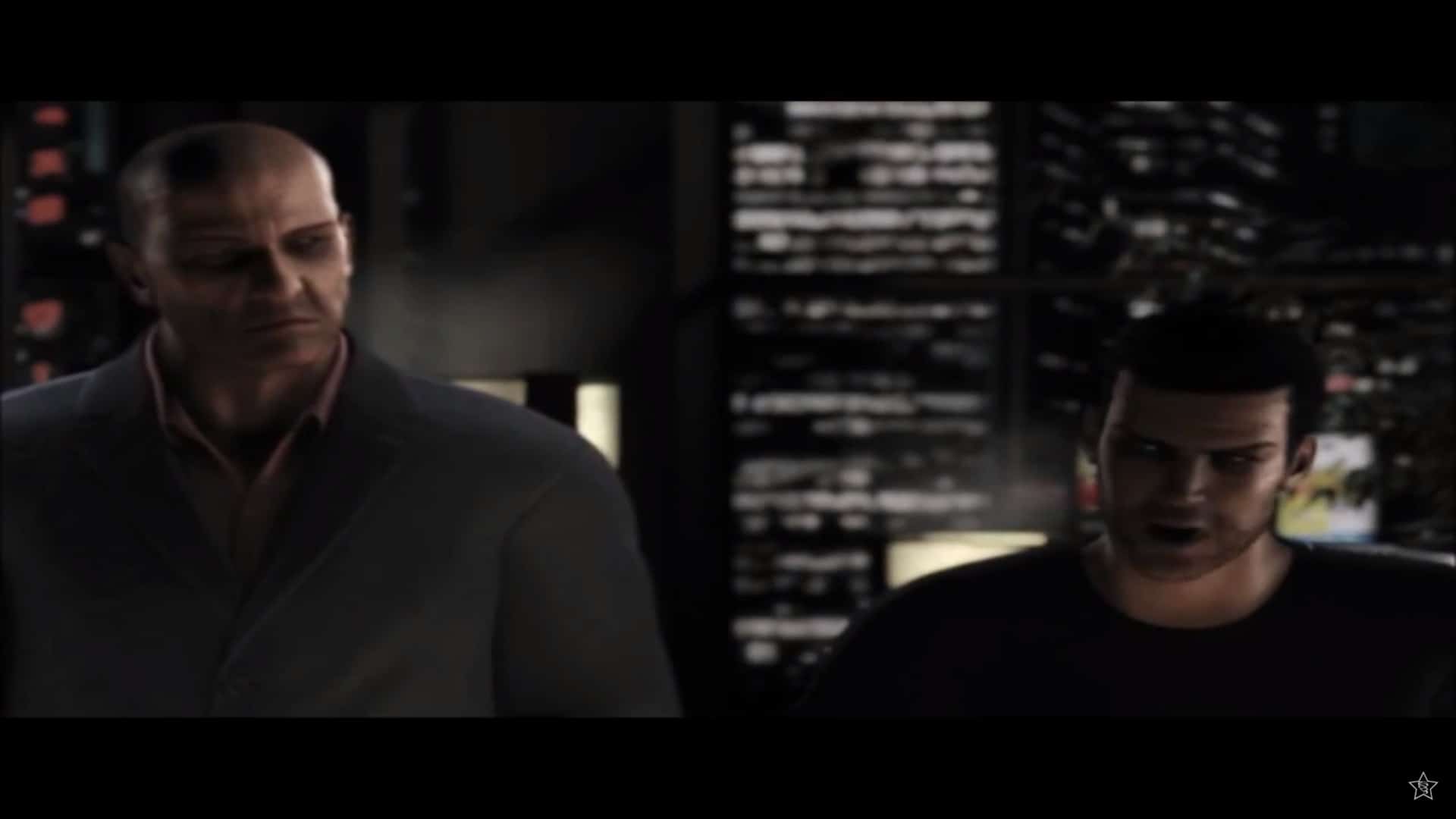
To answer the question above, the most shocking twist and the biggest piece to the puzzle is finding out that one Sam’s war buddy’s and leader of the private military corporation known as “Displace International” is actually carrying out VIP protection of high value profiled individuals including Morgenholt and Zherkezhi.
Dating back to the “Refinery” mission in Splinter Cell Pandora Tomorrow, it is remembered for Shetland talking to Sam Fisher about home and wanting to talk to him about potentially going to work for Displace as a military contractor…of course, Sam is going to remain a patriot for the U.S. government rather than letting an old-friend call the shots.
Doug Shetland appears to be the one person of interest who could become a traitor of the United States by using people including partnering with a Japenese army official inside the Information Self-Defense Force to manipulate each sides Government from the U.S. and North Korean side to go to war.
Could it be coincidence that Doug Shetland is dirty to the point that he could have orchestrated the kidnapping of Morgenholt to steal the algorithms and work hand-in-hand with a Bosnian war criminal to start World War III between the United States and South Korea against North Korea with China and Russian support.
Splinter Cell Chaos Theory Gameplay
Similar to my previous reviews of the original Splinter Cell and Pandora Tomorrow, Splinter Cell Chaos Theory still follows the same stealth tactics with the same expectation of taking the action to many parts of the world from robbing the “Bank” in Panama (this is my favorite mission of all time in Chaos Theory and any Splinter Cell game) to fighting through the war-stricken streets of Seoul.
Sam Fisher’s character is further upgraded again to defeat a majority of the security countermeasures with the first major change starting with Sam’s goggles where the new Electronically Enhanced Vision (EEV) makes it more than possible to hack into computers and laser mic conversations from a distance if getting up close and personal is impossible to extract information…no more using sticky cams and the individual laser mic tool in the Splinter Cell game to record conversations.
Within each of the 10 missions in Splinter Cell Chaos Theory, every electronic device from lights, cameras, TV’s, fans, and laser grids can be disabled temporarily through the use of the OCP device found on Sam’s SC pistol that would allow Sam to cause a distraction to sneak by the guards (in some cases allow the opportunity to grab an enemy from behind to interrogate) or bypass security systems that get in the way of forward progress.
An upgrade to Sam’s character animation is made in Chaos Theory where he can go into a sort of “stalking trance” when an enemy comes close in contact to Sam that adds a little of excitement for the player…maybe for Sam if this game was a real-life action movie. Made me think “Come into my parlor” every-time I see Fisher go into this trance in this game!
Another new animation to the stalking is the character grab animation where Sam would pull his knife out and stick it under the enemy’s chin rather than the previous games where Sam would instead stick the suppressed barrel up to the enemy’s head…the enemy would be still less resistant to talk with a knife at their throats just like a gun at their head.
Mentioning hacking before with the EEV, hacking made its debut in Chaos Theory with the player being placed in a mini-game where you must eliminate/decipher and match numbers as it appears in the bottom window of the hacking module screen in order to gain access to secure files (found behind the Security Access folder on a computer) or in other cases hacking retinal scanners and keypad locks in order to unlock doors.
Personal Views about Chaos Theory
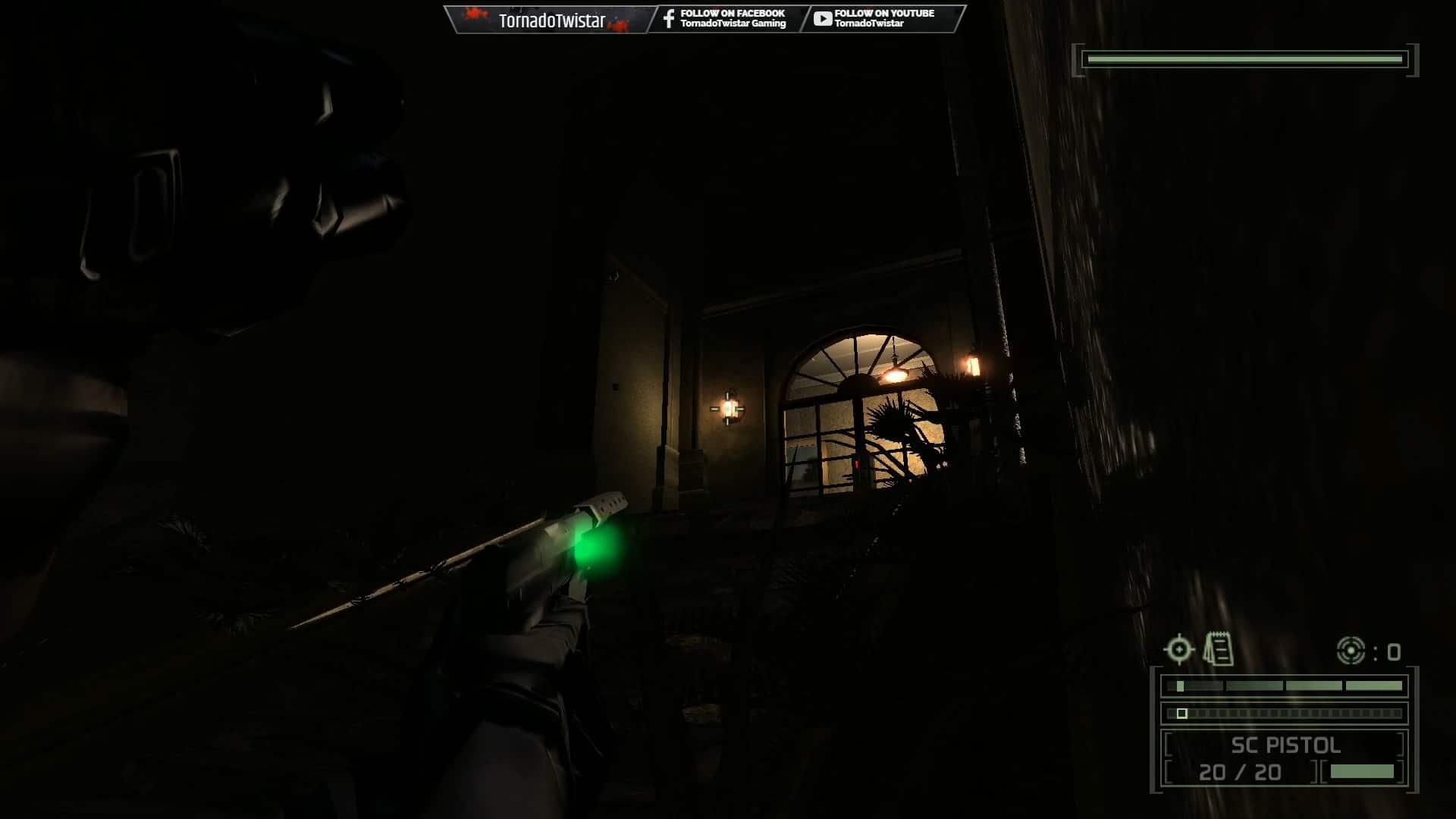
Splinter Cell: Chaos Theory to me was and still is my favorite Splinter Cell game of all time due to it’s story-line complexion since it truthfully snowballs to the very end how a Splinter Cell game should. In addition, it is the only the Splinter Cell game known to feature a mission success rating and probably will never precise system that measures how well you did each mission stealthy.
However, it does have one slight aggravation that is that the PC and PS3 versions of this game still has the rating bug that affects the “Bath-House” mission since the most you can get is a 97% if you stealth through the entire mission without getting caught or raising any alarms…it’s something I hope UbiSoft will one day clear up if a remastered version of the game does come up later for the PS4, Xbox One, or PC platform.

